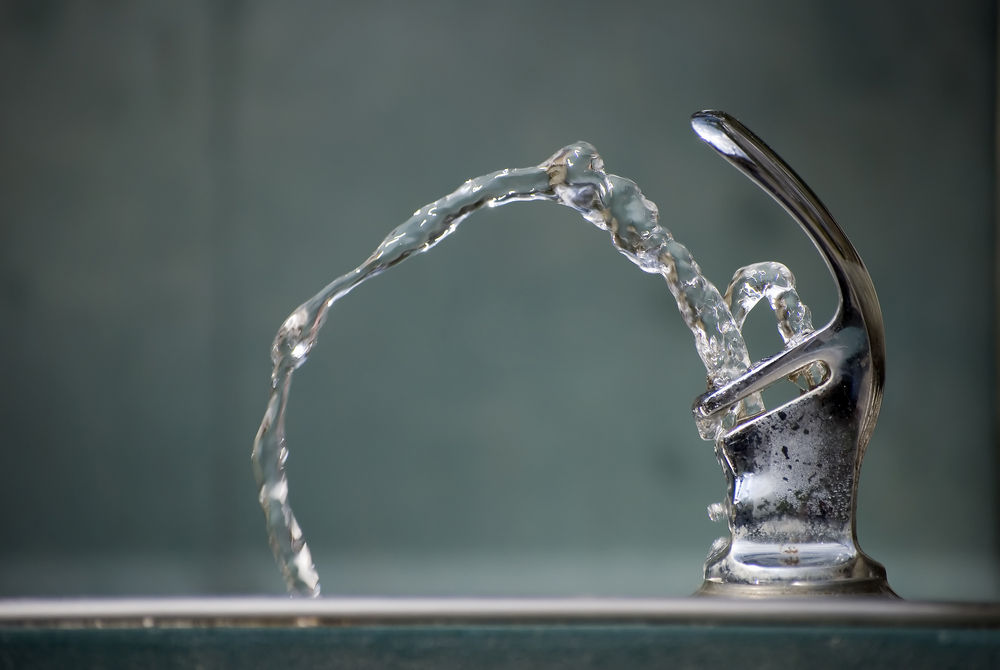Heat Stress and the Risk of Over-Hydration.
- By Ross Di Corleto
- 26/11/2015
- 1 Comment
Sometimes too much fluid intake in hot environments can be dangerous. One of the key messages that is drummed into people when working or playing sport in the hot weather is the concept of making sure that sufficient water intake is maintained. Dehydration is well known to be one of the most common illnesses associated with heat stress and can progress on to more serious consequences such as heat exhaustion, heat stroke and fatalities. However, sometimes too much fluid intake can be a bad thing as elevated water intake can result in a sodium imbalance in cells. This lesser known condition is called “hyponatraemia” or “exercise associated hyponatraemia” (EAH) and although the risk is relatively low, the consequences in such scenarios are potentially fatal.
In EAH the sodium levels in the blood drop below a safe level of approximately 135 mmol/L as a result of over hydration. When the sodium level on the outside of cells is diluted and drops the body moves water into the cells to try to re-establish the balance. The cells then swell to accommodate this excess water. Brain cells are especially sensitive to swelling, and this causes many of the symptoms of hyponatremia (US National Institute of health 2015).
The condition requires a significant intake of fluid to occur and there have been situations where this has been overdone. Two recent examples from the US included:
- a college football player who was given 5 litres of intravenous fluids while ingesting 3 additional litres of hypotonic fluid (a sports beverage) within 5 hours, and
- a high-school football player who died this year after reportedly drinking 16 L of fluid during practice to alleviate muscle cramps (Rosner 2015).
A similar condition was identified in Kokoda trail trekkers in New Guinea by Rothwell et al in a 2011 study. They also noted that the symptoms of EAH and dehydration are quite similar with both conditions characterized by headache, nausea and lethargy, hence the consequences of mis-diagnosing dehydration where EAH is present can have obvious dire outcomes.
BOTTOM LINE
Hyponatraemia is a serious condition that can result from an excessive intake of fluid often in sporting and endurance scenarios. However it is unusual and has a much lower likelihood of occurring in hot scenarios than the risk of dehydration. So maintain fluid intake but don’t overdo it.
WANT TO KNOW MORE
Rosner, M.H., Preventing Deaths Due to Exercise-Associated Hyponatremia: The 2015 Consensus Guidelines: Editorial. Clin J Sport Med _ Volume 25, Number 4, July 2015
Rothwell, S. P., Rosengren, D.J., Rojek, A.M., Williams, J.M., Lukin, W.G., Greenslade, J., (2011); Exercise-associated hyponatraemia on the Kokoda Trail. Emerg Med Australas. 23(6):712-6.
Noakes, Timothy D.. Waterlogged : The Serious Problem of Overhydration in Endurance Sports. Champaign, IL, USA: Human Kinetics, 2012. ProQuest ebrary. Web. 17 November 2015.
US National Institute of Health website accessed at: https://www.nlm.nih.gov/medlineplus/ency/article/000394.htm

 Copyright © 2025
Copyright © 2025
Timely post Ross.
Indeed, Its easier to suffer the consequences of fluid overload than that of heat illness, when push comes to shove. One point worth mentioning, and perhaps contrary to logic, is that heat acclimation in the presence of strategically planned permissive dehydration, can accelerate thermoregulatory adaptations, via up-regulation of fluid retaining hormones (inc. plasma renin, aldosterone, et al).